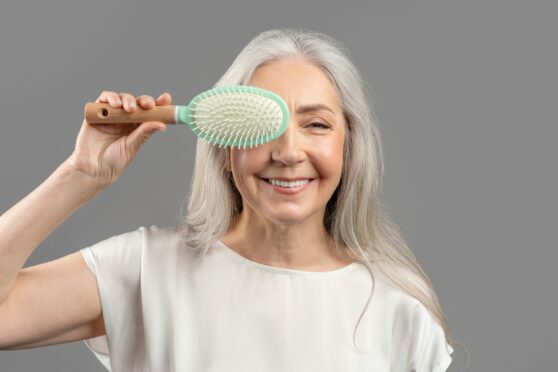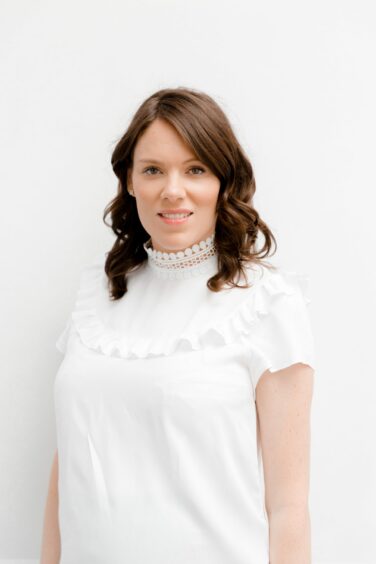
Although the menopause affects every woman differently, most will notice changes to their mood, energy levels and sleep patterns during midlife, as well as an impact on skin and hair.
“Hormonal fluctuations, dryness, acne, skin problems and hair loss can all lead to low self-esteem for many women throughout menopause,” explained registered nutritionist Alice Mackintosh.
However, there’s lots you can do to limit the side-effects of the menopause, which Mackintosh outlines below.
Dark spots
“Some women develop patches of dark spots on their faces called melasma, including on the cheeks, lips, and forehead,” said Mackintosh, “caused by a combination of hormonal changes and sun exposure throughout life. Ask your dermatologist about treatments to improve brightness and remember to apply SPF daily in all seasons to reduce melasma. Formulas that include pine bark are also incredibly nourishing.”
Sagging skin
“Collagen is a protein that gives your skin and other tissues elasticity,” said Mackintosh, co-founder of women’s supplement brand, Equi London.
“As oestrogen levels drop, collagen levels also decrease, resulting in a loss of youthful volume and tightness to the skin. Taking collagen has been scientifically shown to benefit the skin, but we also need to look deeper into the body to address any underlying issues.
“Look for supplements that provide gut support, hormone balance ingredients and anti-inflammatory nutrients because all of this will impact hair and skin health. It’s also a good idea to think about collagen health – antioxidants and healthy fats are key to prevent collagen degradation and reduce inflammation.”
Extra facial hair
Mackintosh continued: “Due to hormone fluctuations, you may notice hairs sprouting on your upper lip or chin. Whilst the instant solution is to tweeze, wax, thread, shave or use hair removal creams, the hair does grow back. Zinc should have pride of place in your diet as it helps with testosterone levels.”
Hair loss
Mackintosh added: “Oestrogen and progesterone keep hair growing fast and thick, so when these hormone levels drop, growth slows and hair becomes much thinner. You may also notice hair loss as the follicles are more prone to breakage and damage.
“Natural sources of biotin include meat, eggs, fish, seeds, nuts and vegetables, while iodine, iron, B and D3 vitamins and zinc are also key ingredients to look for in your supplements.”

Enjoy the convenience of having The Sunday Post delivered as a digital ePaper straight to your smartphone, tablet or computer.
Subscribe for only £5.49 a month and enjoy all the benefits of the printed paper as a digital replica.
Subscribe